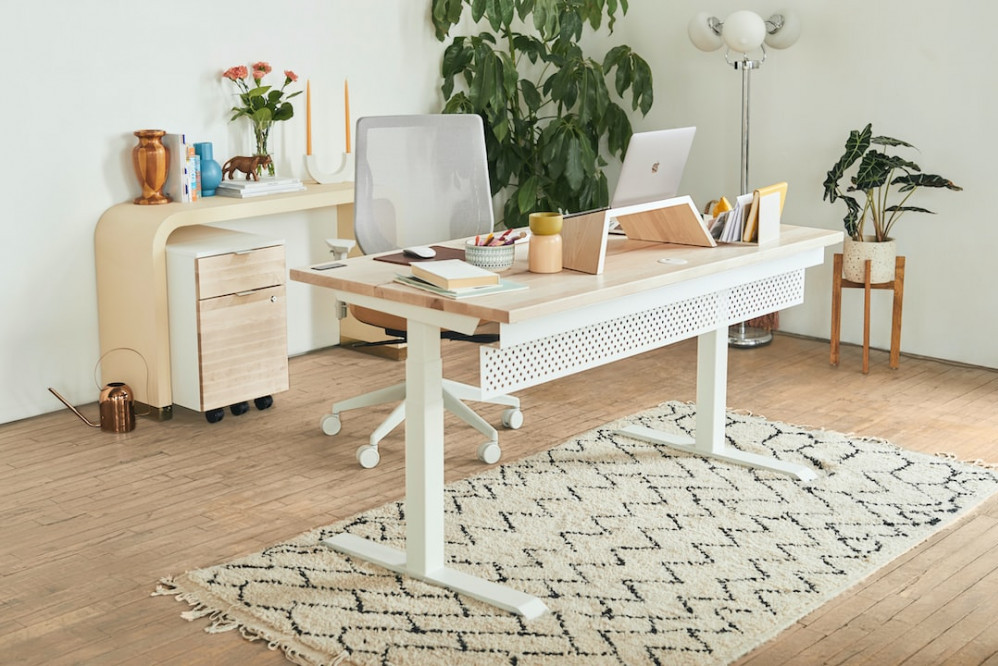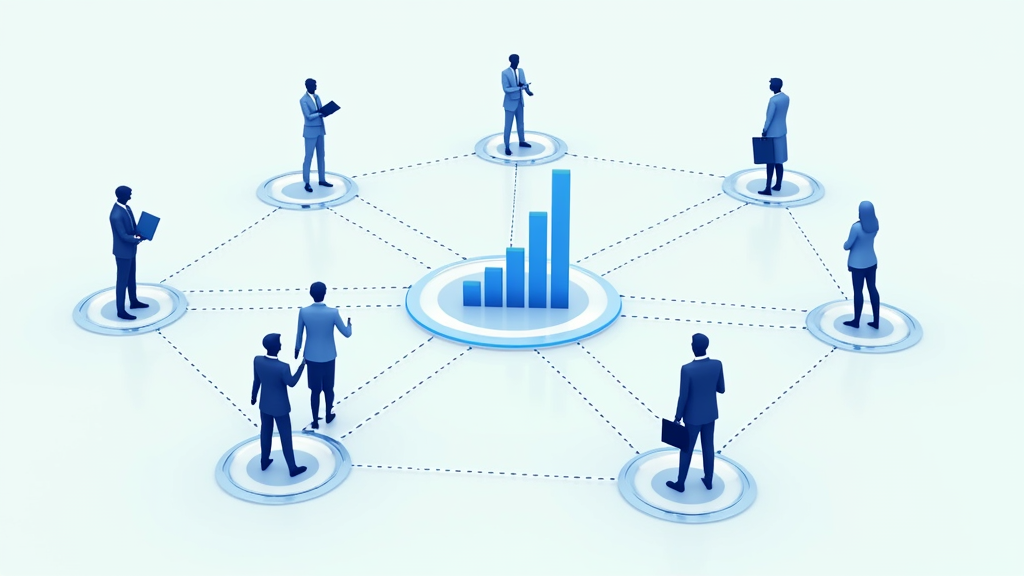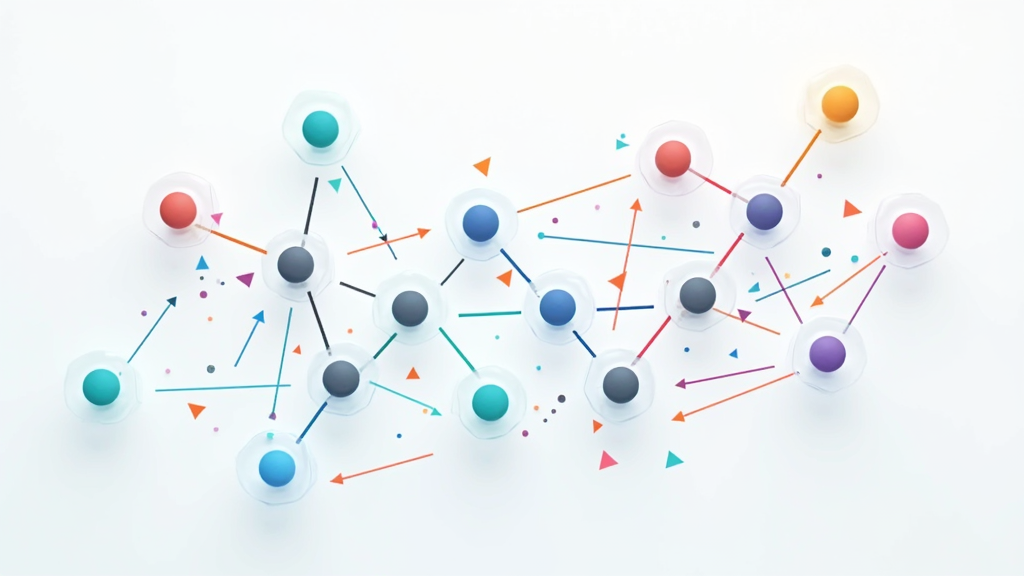
The environment in which we work plays a pivotal role in our productivity and creativity. It’s not just about having an ergonomic chair or a spacious desk; the colors, textures, and overall aesthetic of a space can significantly influence our mood, motivation, and innovation.
As remote work becomes a staple, understanding the role of décor in our home offices isn’t merely about beauty—it’s about fostering a conducive environment for our best work. In this chapter, we’ll delve into the intricate dance between décor, creativity, and focus.
The Psychological Impact of Aesthetics
Humans are visual creatures. The surrounding sights can evoke powerful emotional responses, and these emotions influence our cognitive functions.
Studies have shown that:
- Colors can evoke specific moods. For instance, blue is often associated with tranquility and productivity, while yellow sparks creativity.
- Natural Elements, such as plants or wooden textures, can reduce stress and enhance well-being.
- Order and Organization promote clarity, reducing the cognitive load and facilitating focus.
Color Theory in Workspace Design
Integrating color mindfully can tailor your workspace to your specific needs:
- Blue: Often linked with improved concentration and clearer thinking. Ideal for spaces where analytical work takes place.
- Green: Provides balance and harmony, making it perfect for spaces where long hours are logged.
- Yellow: Energizes and sparks creativity, making it great for designers, writers, and artists.
- Red: Boosts energy and passion but can be overwhelming if overused. Accents of red can invigorate a space without causing agitation.
Bringing Nature Indoors: Biophilic Design
The concept of biophilia revolves around our innate affinity for nature. Incorporating natural elements into your workspace can have rejuvenating effects:
- Plants: Not only do they purify the air, but the act of caring for them provides mental breaks. They also add a calming, lively touch to any space.
- Natural Light: Whenever possible, position your workspace near windows. Natural light regulates our circadian rhythms, promoting better sleep and productivity.
- Natural Textures: Materials like wood, stone, or even water features can introduce calming, organic textures that counteract the often sterile feeling of tech-heavy spaces.
Organization and Its Role in Mental Clarity
A cluttered space often results in a cluttered mind.
The state of your environment can mirror and influence the state of your mind:
- Dedicated Zones: Designate specific areas for different tasks—writing, brainstorming, resting—to create clear mental distinctions.
- Declutter Regularly: Regularly clear out old papers, unused gadgets, and other clutter. Tools like cable organizers can also make a visual difference.
- Functional Furniture: Opt for furniture that provides storage solutions, ensuring every item has a dedicated place.
Art and Personal Touches: Fostering Inspiration
While functionality is crucial, personal touches make a space uniquely yours:
- Inspirational Art: Whether it’s a painting, photograph, or sculpture, art can serve as a visual break and inspiration source.
- Vision Boards: A physical or digital board displaying your goals, dreams, and inspirations can serve as a daily motivator.
- Memorabilia: Photos, souvenirs, or even favorite books can make your workspace feel familiar and comforting.
The Role of Multisensory Elements
Engaging multiple senses can enhance the overall ambiance of your workspace:
- Ambient Sounds: Consider background noises like soft instrumental music, nature sounds, or white noise, especially if external noises are distracting.
- Aromatherapy: Scents like lavender can calm, while citrus scents can energize. Using essential oil diffusers can subtly influence mood.
- Texture: Incorporate different textures through rugs, cushions, or even stationery to provide tactile variation.
Flexibility in Design
As our roles and tasks evolve, so should our workspace:
- Modular Furniture: Furniture that can be reconfigured ensures your space adapts to your needs.
- Rotating Decor: Regularly changing décor elements can provide a fresh perspective, preventing the feeling of stagnation.
- Dedicated Experimentation Area: A small space or corner where you can rotate experimental décor or tools, allowing you to see what aids your productivity before making permanent changes.
Tips for Optimizing Lighting and Minimizing Distraction
A well-lit workspace isn’t just a matter of preference—it’s essential for maintaining productivity, reducing eye strain, and setting the mood for effective work. On the other hand, minimizing distractions is key for maintaining a steady flow of concentration, especially when working from home where potential disturbances are plentiful. This chapter offers insights into optimizing lighting and techniques to keep distractions at bay.
The Science of Lighting and Productivity
The quality of lighting in a workspace directly impacts performance:
- Natural Light: Exposure to natural daylight has been proven to improve mood, enhance morale, reduce fatigue, and decrease eyestrain.
- Blue Light: Emitted by screens and some LED lights, it can be both beneficial and harmful. During daytime, it boosts alertness, but excessive exposure during evenings can disrupt sleep patterns.
- Color Temperature: Lighting can range from warm (yellowish) to cool (bluish). Cooler lighting generally promotes alertness and productivity, while warmer tones are relaxing.
Harnessing the Power of Natural Light
Utilizing daylight is one of the most effective lighting strategies:
- Window Position: If possible, position your desk near a window. It provides dynamic, diffused lighting, reducing the need for artificial light.
- Blinds and Curtains: Use adjustable blinds to control the amount of light entering, minimizing glare on screens.
- Reflect Light: Use light-colored walls, ceilings, and furniture to reflect and distribute sunlight effectively.
Artificial Lighting: Getting It Right
When natural light isn’t sufficient, artificial lighting steps in:
- Task Lighting: Adjustable desk lamps focus light where it’s needed most, ensuring detailed tasks are well-lit without illuminating the entire room.
- Ambient Lighting: Soft, indirect light (like ceiling fixtures) provides uniform illumination, preventing stark shadows.
- Accent Lighting: While primarily decorative, it can highlight bookshelves or art, adding depth to a room.
Minimizing Screen Glare

Screen glare can cause significant eye strain:
- Monitor Position: Place your monitor perpendicular to windows to avoid direct sunlight causing glare.
- Screen Protectors: Matte screen protectors help diffuse reflections.
- Adjust Brightness: Ensure your screen’s brightness matches the ambient lighting.
Recognizing and Eliminating Distractions
Home environments are rife with potential distractions:
- Physical Clutter: A messy desk can divert your attention. Regularly organize and declutter your workspace.
- Digital Notifications: Constant pings from emails, messages, or apps can interrupt your flow. Set specific times for checking updates or use apps like “Focus@Will” to block out interruptions.
- Noise: From street sounds to household noises, auditory distractions can be detrimental. Consider noise-cancelling headphones or use ambient noise apps.
Setting Boundaries at Home
When your office is at home, boundaries can blur:
- Dedicated Workspace: Having a space exclusively for work signals to your brain (and household members) that it’s work time.
- Set Work Hours: Stick to a schedule, informing family or housemates of your work hours to prevent unnecessary interruptions.
- Take Breaks: Stepping away can refresh you and prevent home tasks from creeping into work time.
Tackling Digital Distractions
The digital realm is a major source of distraction:
- Website Blockers: Tools like “StayFocusd” or “Cold Turkey” can block distracting sites during work hours.
- Single-tasking: Contrary to popular belief, multitasking often reduces productivity. Focus on one task at a time.
- Email Management: Designate specific times for checking emails, and use filters to sort and prioritize them.
Lighting for Evening Work
For those working into the evening:
- Reduce Blue Light: As mentioned, excessive blue light can disturb sleep. Use screen settings or apps like “f.lux” to reduce blue light exposure.
- Warm Lighting: Opt for lamps with warmer tones in the evening to prepare your body for rest.
Personalizing Your Lighting
Everyone’s eyes and preferences are different:
- Experiment: Play with different bulbs, fixtures, and positions to find what works best for you.
- Dimmers: Adjustable lighting can cater to various tasks and moods.
The Role of Plants

Introducing greenery can improve air quality and reduce visual fatigue:
- Positioning: Place a plant within your field of vision but not in a way that it distracts from your tasks.
- Choose Low Maintenance: Opt for plants like succulents, snake plants, or pothos that require minimal care but offer maximum benefits.
Conclusion
Creating a well-lit, distraction-free environment is pivotal to maximizing productivity in a home office. By blending the benefits of natural light with effective artificial solutions and implementing strategies to ward off distractions, you lay the foundation for a space where focus and creativity flourish. It’s an investment in not just your workspace, but your well-being and efficiency.




Leave a Reply